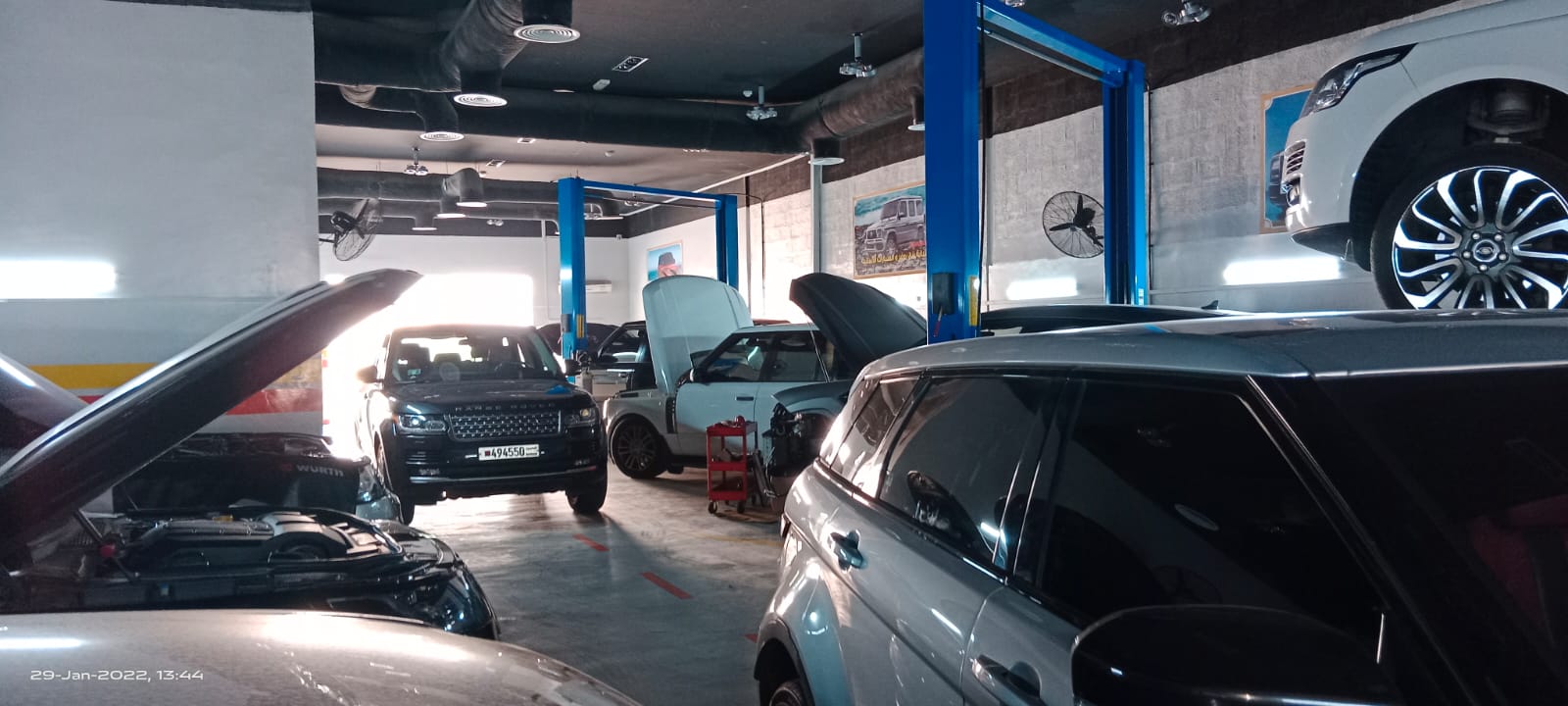Range Rover, a luxury brand synonymous with sophistication, durability, and off-road capability, is renowned for its engineering excellence. At the heart of its vehicles lies the engine, a critical component that defines its performance, efficiency, and reliability. Over the decades, Range Rover has embraced technological advancements to craft engines that offer superior power, refinement, and sustainability.
This article delves into the evolution, features, and performance of Range Rover engines, highlighting the cutting-edge technologies and diverse options that cater to different driving needs.
1. The Evolution of Range Rover Engines
Since its inception in 1970, the Range Rover has undergone significant transformations in engine design and performance. Initially, the early models were powered by a 3.5-liter V8 engine, derived from the Buick engine, delivering modest power but a smooth driving experience. Over the years, Land Rover expanded its range of engines, embracing technological innovations to meet consumer demands and environmental regulations.
- 1980s and 1990s: The introduction of more powerful V8 engines, turbo-diesel options, and electronic fuel injection marked a significant leap in performance and efficiency.
- 2000s: Jaguar Land Rover (JLR) began introducing supercharged and turbocharged petrol and diesel engines. These engines not only boosted power but also adhered to stricter emission standards.
- 2010s and Beyond: The transition to Ingenium engines, a family of modular and efficient engines, showcased JLR’s commitment to sustainability without compromising performance.
2. Range of Engine Options
Range Rover vehicles cater to a diverse clientele with varying performance needs, offering multiple engine options, from petrol and diesel to hybrid and electric powertrains.
a. Petrol Engines
Petrol engines in Range Rovers are designed for those seeking high performance and refinement. Highlights include:
- Ingenium Petrol Engines: These 2.0-liter and 3.0-liter turbocharged engines deliver a balance of power and efficiency, using advanced technologies like direct fuel injection and variable valve timing.
- Supercharged V8s: Found in high-performance variants like the Range Rover SVR, these engines provide exhilarating power, often exceeding 500 horsepower, and a roaring exhaust note that enthusiasts adore.
b. Diesel Engines
Diesel engines are favored for their excellent fuel economy and torque, making them ideal for off-road adventures and towing:
- 3.0-liter Diesel Engine: A turbocharged inline-six engine offering robust low-end torque and impressive mileage.
- 4.4-liter SDV8 Diesel: Known for its refined performance and heavy-duty capability, this engine is a powerhouse for demanding conditions.
c. Hybrid Powertrains
With a focus on sustainability, Range Rover has integrated plug-in hybrid electric vehicle (PHEV) technology:
- P400e PHEV: Combines a 2.0-liter Ingenium petrol engine with an electric motor, delivering a combined output of 404 horsepower. This setup allows for silent electric-only operation for short distances and the flexibility of a traditional engine for long journeys.
d. Electric Powertrains
The recent shift toward electrification has led to the development of all-electric Range Rover models, showcasing the brand’s commitment to a zero-emissions future. These vehicles offer silent operation, instant torque, and cutting-edge battery technology.
3. Technological Innovations
Range Rover engines stand out due to their integration of advanced technologies that enhance performance, efficiency, and sustainability:
a. Ingenium Engine Family
Launched in 2015, the Ingenium engine platform emphasizes modularity, efficiency, and reduced emissions. Key features include:
- Aluminum Construction: Lightweight design improves vehicle dynamics and fuel efficiency.
- Variable Geometry Turbocharging: Enhances responsiveness and power delivery across a wide RPM range.
- Mild Hybrid Technology: Captures energy during braking to support acceleration and reduce fuel consumption.
b. Supercharging and Turbocharging
Forced induction technologies, like superchargers and turbochargers, play a significant role in enhancing engine output without increasing displacement. They ensure seamless power delivery and responsive performance in all driving conditions.
c. Advanced Emissions Control
Range Rover engines comply with stringent global emission standards through features like selective catalytic reduction (SCR), particulate filters, and exhaust gas recirculation (EGR) systems. These technologies reduce harmful emissions while maintaining power.
d. Electrification
Range Rover’s PHEVs and fully electric models integrate regenerative braking, intelligent energy management, and high-capacity batteries, enabling a sustainable driving experience without compromising luxury or capability.
4. Performance and Capability
Range Rover engines are engineered for both on-road luxury and off-road toughness. The key attributes include:
- Power and Torque: High-performance engines like the supercharged V8s offer breathtaking acceleration, while diesel engines provide the low-end torque essential for towing and rough terrain.
- Smoothness and Refinement: Features like active engine mounts and sound insulation ensure a quiet and comfortable cabin experience.
- Towing Capacity: Diesel engines, in particular, excel in towing, with capacities often exceeding 7,700 pounds.
5. Sustainability and the Future
As global attention shifts toward sustainability, Range Rover has embraced electrification and alternative fuel technologies. Key initiatives include:
- Hybrid and Electric Models: These options reduce reliance on fossil fuels, offering lower carbon footprints.
- Recycling and Reusability: Ingenium engines use materials that are easily recyclable, aligning with JLR’s eco-conscious strategy.
- Future Hydrogen Plans: Land Rover is exploring hydrogen fuel cell technology as a potential alternative for zero-emission vehicles.
6. Challenges and Innovations Ahead
Despite its impressive achievements, Range Rover faces challenges like meeting stricter emissions standards, managing the complexities of electrification, and addressing consumer expectations for longer range and faster charging times in electric models. Nevertheless, ongoing research and development ensure that Range Rover engines will continue to evolve, balancing luxury, performance, and sustainability.
Conclusion
The engine is the beating heart of every Range Rover, embodying the brand’s legacy of excellence and innovation. From the rugged V8s of the 1970s to today’s sophisticated Ingenium and hybrid powertrains, Range Rover engines have continually pushed the boundaries of what a luxury SUV can achieve.
With a clear focus on sustainability, electrification, and cutting-edge technology, Range Rover is poised to remain a leader in the luxury SUV market. Whether navigating city streets or conquering rugged trails, the engines powering these iconic vehicles ensure an unparalleled driving experience that combines power, refinement, and environmental responsibility.
